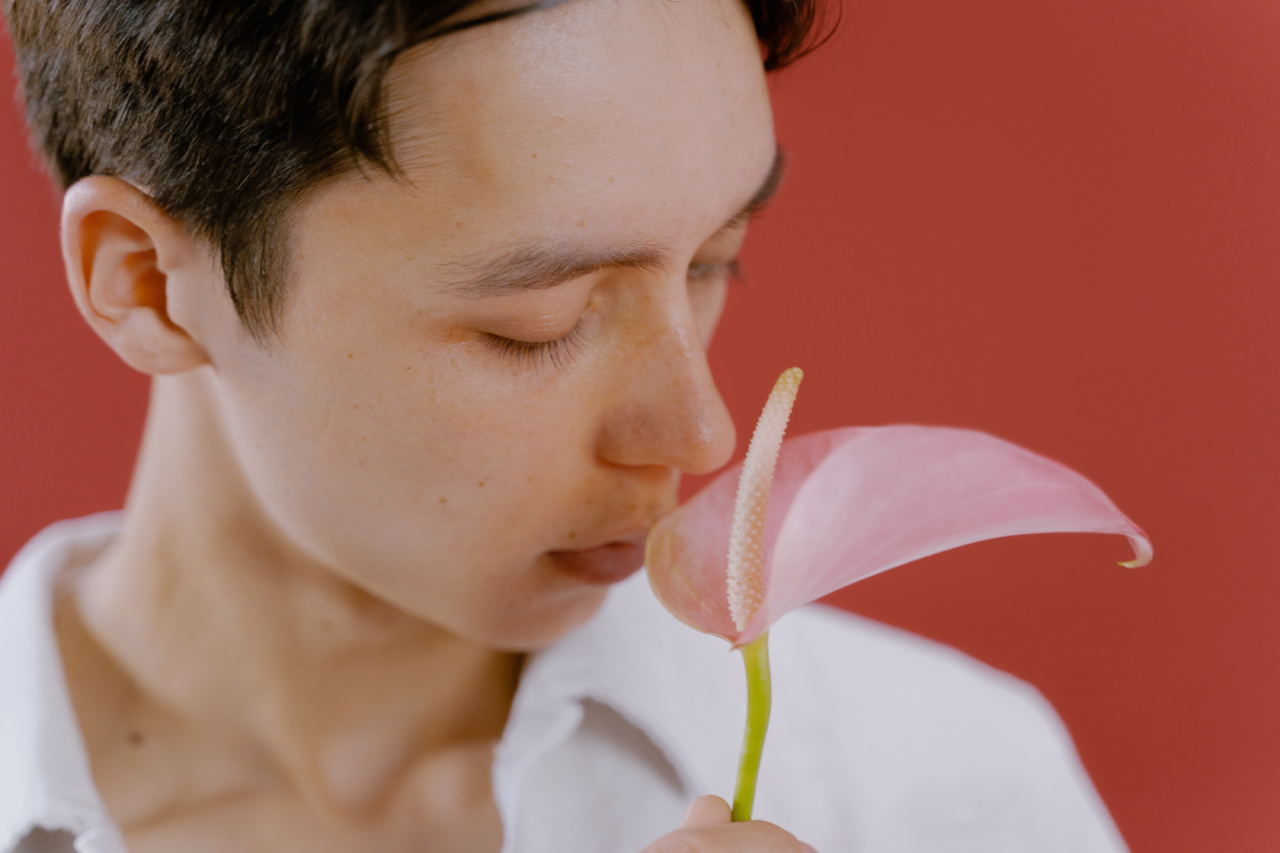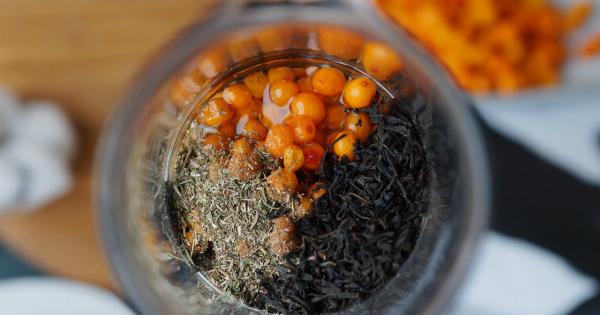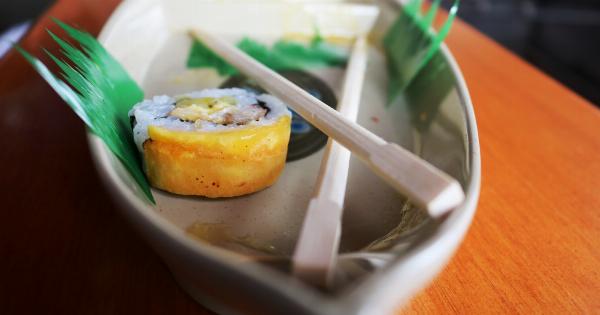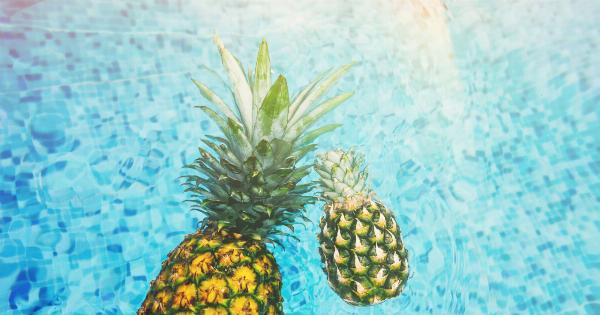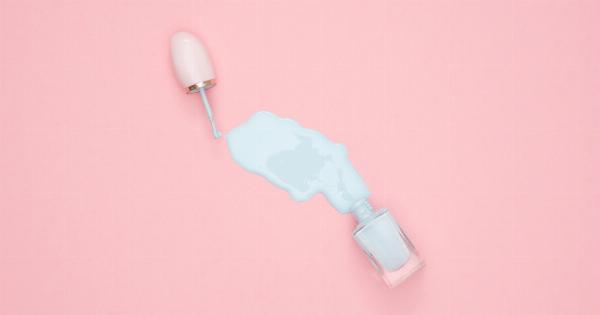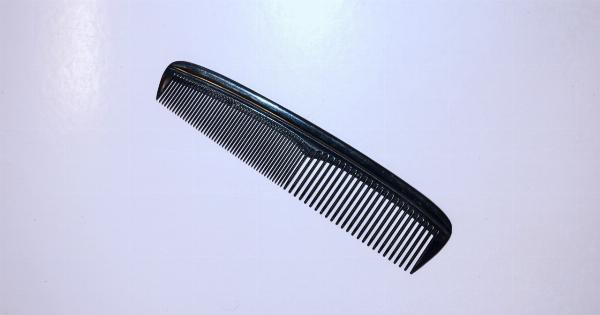In today’s modern world, personal care products have become an essential part of our daily lives. From shampoo and soap to lotion and toothpaste, these products play a crucial role in our hygiene and well-being.
However, many parents are unaware of the potential health hazards that these seemingly harmless products may pose, especially to their young children. As a result, kids are increasingly at risk of exposure to toxic chemicals and harmful ingredients, which can have serious implications on their health and development.
In this article, we will explore the various health hazards associated with personal care products and shed light on how parents can protect their kids from these risks.
1. Chemicals in Personal Care Products
The personal care industry is flooded with a wide range of products that contain numerous chemicals. While some of these chemicals are harmless, others have been linked to various health issues, including allergies, hormone disruption, and even cancer.
Children are particularly vulnerable to the adverse effects of these chemicals due to their developing bodies and immune systems. Some common chemicals found in personal care products that parents should be wary of include:.
2. Parabens
Parabens are widely used as preservatives in cosmetic and personal care products. They have been detected in the urine and breast tissue of individuals, indicating their ability to penetrate the skin and accumulate in the body.
Parabens have been associated with hormone disruption, reproductive issues, and an increased risk of breast cancer.
3. Phthalates
Phthalates are plasticizers used in products such as nail polish, fragrances, and lotions to improve their flexibility and durability. These chemicals have been linked to asthma, allergies, and potential adverse effects on the reproductive system.
Children exposed to phthalates may experience developmental delays and behavioral problems.
4. Sodium Lauryl Sulfate (SLS)
SLS is a foaming agent found in many personal care products such as toothpaste, shampoo, and body wash. It can irritate the skin, eyes, and respiratory system, causing allergic reactions and exacerbating conditions like eczema.
Persistent exposure to SLS may lead to long-term health issues.
5. Formaldehyde
Formaldehyde, a known carcinogen, is often used as a preservative in personal care products like shampoos, nail polish, and body wash.
Prolonged exposure to this chemical has been linked to respiratory issues, allergies, and an increased risk of cancer.
6. Fragrances
Fragrances are commonly used to enhance the sensory experience of personal care products. However, the term “fragrance” on an ingredient list can encompass hundreds of different chemicals, many of which can be harmful.
Fragrances have been associated with skin irritations, allergies, and respiratory problems.
7. Mineral Oil
Mineral oil is commonly found in skincare products, including baby lotions and creams. While it helps to lock in moisture, it is derived from petroleum and can potentially clog pores, leading to skin irritation and other dermatological issues.
8. Tips for Protecting Kids from Harmful Personal Care Products
As parents, it is crucial to be proactive in safeguarding our children from the potential hazards of personal care products. Here are some steps you can take:.
9. Read Labels and Avoid Harmful Ingredients
Familiarize yourself with common harmful ingredients and avoid products that contain them. Look for natural and organic alternatives, as these are generally safer for children.
Don’t be swayed by deceptive marketing claims and always read the ingredient lists carefully.
10. Choose Fragrance-Free Products
Fragrances are a major concern when it comes to personal care products. Opt for fragrance-free options or products scented with natural essential oils instead of synthetic fragrances.
11. Go for Trusted Brands
Stick to reputable and well-established brands that prioritize safety and transparency. These companies often undergo rigorous testing and follow strict regulations, ensuring that their products are safer for children.
12. Use Less or Dilute
In many cases, less is more. Use personal care products sparingly on your children, especially those formulated for adults. You can also dilute certain products to reduce the concentration of potentially harmful chemicals.
13. Educate Your Children
Take the time to educate your children about the potential risks associated with personal care products.
Teach them to read ingredient labels and make informed choices about the products they use, promoting a healthy and conscious approach to personal care.
14. Conclusion
While personal care products are an integral part of our daily routines, it is crucial for parents to be aware of the potential health hazards they may pose to their children.
By understanding the various chemicals commonly found in these products and taking proactive steps to avoid them, parents can better protect their kids from unnecessary exposure to harmful ingredients. Prioritizing natural and organic alternatives, reading labels diligently, and choosing trusted brands are key steps in ensuring the well-being and long-term health of our children.
